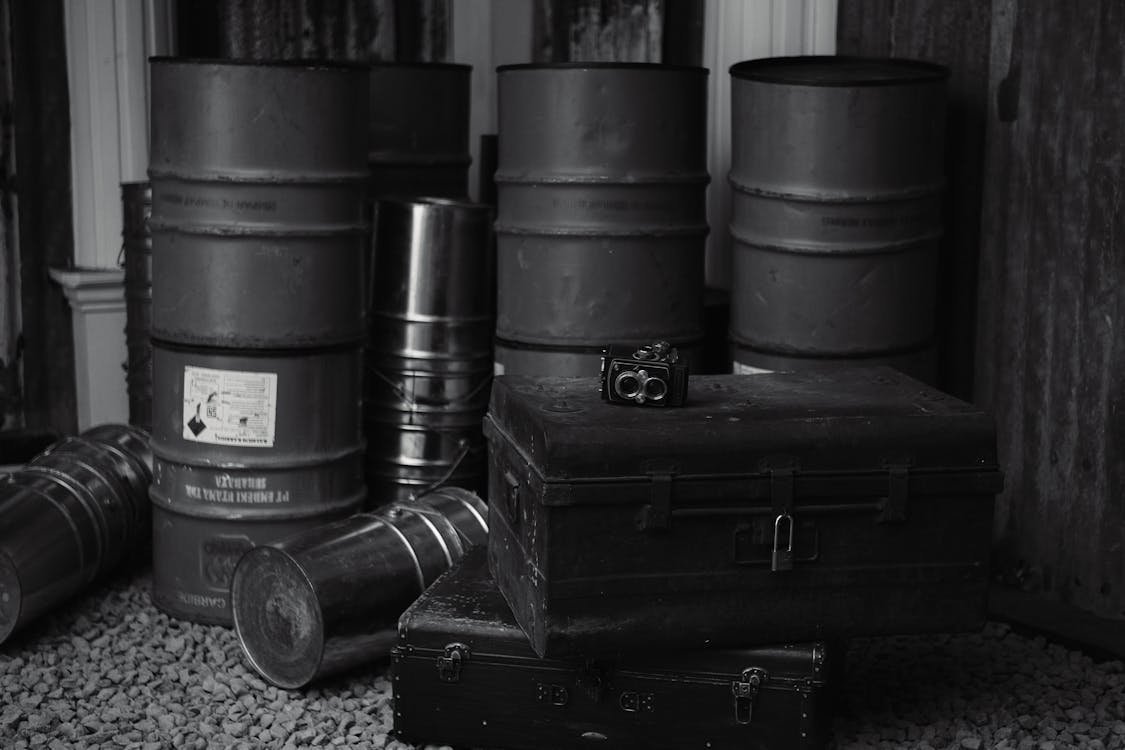In the oil and gas industry, accurate measurement of fluid density is critical for ensuring safe and efficient operations in these industries. Fluid density radioactive is one of the ways this can be done reliably and effectively.
Let’s look at the basics of fluid density radioactive, how it works, and why it’s so important in various industries.
What Is Fluid Density Radioactive?
Fluid density radioactive is a non-destructive testing technique that uses a radioactive source to determine the density and composition of fluid inside a container or pipeline.
The technique uses radioactive material, such as cesium-137, which emits gamma rays. The gamma rays pass through the fluid-filled object, and their intensity changes based on the density and composition of the fluid.
The gamma rays that pass through the object are captured by a detector, which creates an image based on the intensity of the radiation that passes through the object. The image produced by the technique shows the density and composition of the fluid inside the object.
This way, the fluid inside the container or pipeline can be identified based on what we already know about its density and composition.

How Does Fluid Density Radioactive Work?
Fluid density radioactive works on the principle of differential absorption. The gamma rays emitted by the radioactive source pass through the fluid-filled object and are absorbed or scattered by the fluid inside the object.
The intensity of the gamma rays changes as they pass through the fluid based on the density and composition of the fluid. The denser the fluid, the more the gamma rays are absorbed or scattered.
On the other hand, if the fluid is less dense, fewer gamma rays are absorbed or scattered. This change in intensity of the gamma rays is captured by a detector that is placed on the other side of the object.
The detector captures the remaining gamma rays that pass through the object, and from this data, it creates an image of the object’s interior. This image shows the different densities and compositions of the fluid inside the object.
By analyzing the image, engineers and scientists can determine the properties of the fluid, such as its density, viscosity, and chemical composition, without having to access or sample the fluid physically.
Why Is Fluid Density Radioactive Important?
Fluid density radioactive is an important technique used in various industries, especially the oil and gas, chemical, and nuclear industries.
The technique allows technicians to determine the density and composition of fluid-filled objects, which can help detect any leaks or defects in the objects. Because unidentified fluids can be dangerous, a technique like fluid density radioactive is necessary for protecting workers and the environment.
In the oil and gas industry, fluid density radioactive is used to determine the composition of crude oil and natural gas, which can help with the refining process. The technique is also used to determine the density of drilling mud, which can help with well control.
The chemical industry uses this technique to determine the density and composition of various chemicals and fluids used in manufacturing processes. The technique is also used to determine the density of chemical waste, which can help with disposal.
It is also used in the nuclear industry to determine the composition of nuclear fuel, which helps operate nuclear reactors. Nuclear waste is also analyzed with this technique to determine a safe disposal method.

What are the Advantages and Limitations of Fluid Density Radioactive?
Fluid density radioactive has several advantages over other testing techniques. One of the main advantages is that it can determine the density and composition of fluid-filled objects without requiring any physical contact with the object.
Another advantage of fluid density radioactive is that it can provide real-time results, allowing technicians to make immediate decisions based on the data. The technique is also non-destructive, meaning it does not damage the tested object.
However, fluid density radioactive also has some limitations. One of the main limitations is that it requires the use of a radioactive source, which can be a safety concern if not handled properly. The technique also requires specialized equipment and trained personnel to operate the equipment and interpret the data.
To prevent any incidents, the equipment used for fluid density radioactive has to be of top quality. CNPS’s FDR tool provides a reliable and safe method of measuring fluid density without problems.
If you have any questions about the tool, how to use it safely, or about CNPS itself, please contact us at +86 183 546 39099


